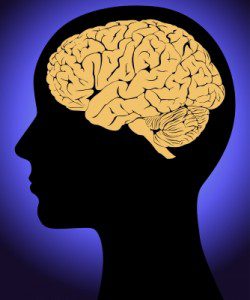 It’s the end of the school day. Your teen is moody and complains about having a bad day. You later learn he has made poor decisions and acted impulsively. He tells you he smoked pot, missed class, but it is no big deal because other students do it and pass. You are tempted to lecture him, but resist. You know that his brain is not fully developed, and in part, explains his moodiness and impulsivity. Your concern, however, is for his exposure to possible addiction during his teen years.
It’s the end of the school day. Your teen is moody and complains about having a bad day. You later learn he has made poor decisions and acted impulsively. He tells you he smoked pot, missed class, but it is no big deal because other students do it and pass. You are tempted to lecture him, but resist. You know that his brain is not fully developed, and in part, explains his moodiness and impulsivity. Your concern, however, is for his exposure to possible addiction during his teen years.
The teen brain is not the same as an adult brain.
The teen brain is built, but as author of the book, The Teenage Brain says, it’s not fully insulated. Dr. Amy Jensen explains the neuroscience behind the still forming teenage brain. In short, the front of the brain, known as the prefrontal cortex and frontal cortex, is the last to be developed. And these parts of the brain impact insight, empathy, impulse control, and risk-taking behavior.
Therefore, if your impulse control and risk-taking features are not fully operational, the teenage brain is far more susceptible to moodiness and addictions. Dr. Jensen goes on to explain that teen risk behaviors do more damage to the teen brain.
Thus, the adage that teens are resilient and will bounce back from risk taking behaviors may not be true. Concerns over teen use of drugs, alcohol, smoking and digital devices are not over hyped. The teen brain is a brain without full access to the frontal lobe. And when exposed to addiction, the teen brain builds stronger and longer reward circuits around those addictions, more so than in adults. Teens can get addicted faster because their brains are more efficient towards addiction.
Moody or not, a conversation with a teen about his/her risk towards addiction is worthwhile. Teaching them that their brains can’t handle addiction like an adult is a needed message in our culture today. Age and development matter, especially when we are talking about addiction and the brain. Not all brains are alike!


